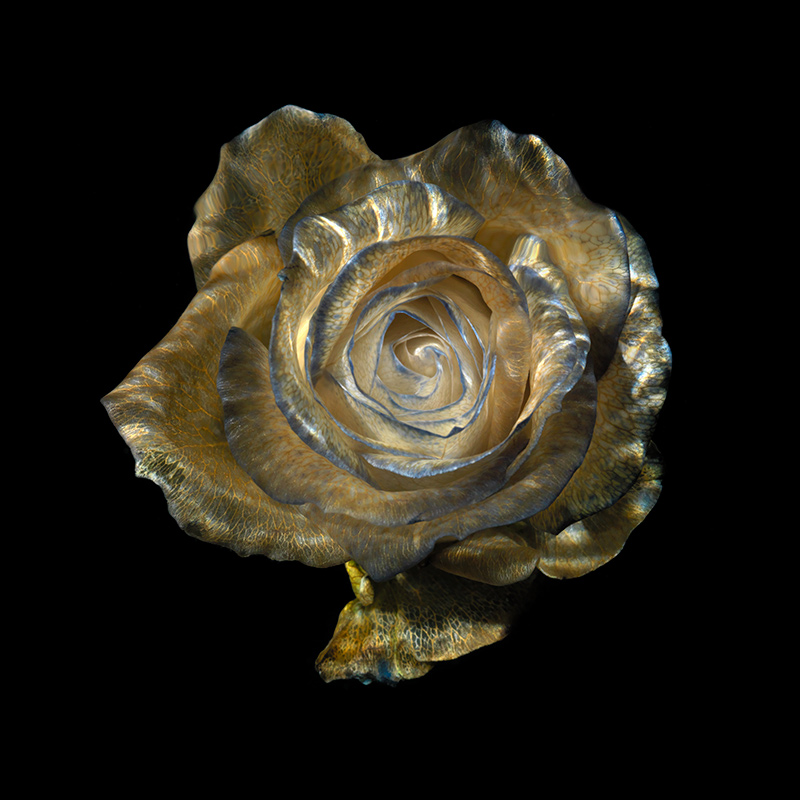light caustics formed by the concentration of light reflected or refracted by curved surfaces
Author: Distil Ennui | Post Date: 09-01-2025In optics, light caustics are patterns formed by the concentration of light rays reflected or refracted by curved surfaces or objects. These patterns appear as bright curves or surfaces where light intensifies, often exhibiting cusp-like singularities. Common examples include the shimmering lines at the bottom of a swimming pool caused by sunlight refracting through water waves, or the bright shapes seen when light passes through a glass of water.
The term "caustic" originates from the Greek word 'καυστός' (kaustós), meaning "burnt," reflecting the intense concentration of light in these patterns. At the bottom of this post you will find video shot recently in the studio that perfectly demonstrates the phenomena.
In computer graphics, simulating caustics enhances realism by replicating these natural light patterns. Techniques like photon mapping trace the paths of photons as they interact with surfaces, accurately rendering caustic effects. In my work I re-create these in the studio using my own lighting units with specially designed black water tanks, to maintain the conditions an extensive filtration system is used to create crystal clear conditions I needed to create bodies of work such as 'Vanitas' & 'Rose'. Using a brush, spatular or my hand, I am able to literally paint the subject in light. This interplay of light and shadow evokes the chiaroscuro techniques of the Dutch masters, yet the underwater setting brings a sense of suspension and impermanence, pushing the imagery into a contemporary context.

'Isis Bound' from 'Vanitas' 2008-Ongoing
Understanding and replicating caustics are essential in fields ranging from visual arts to optical engineering, as they play a significant role in how we perceive light interacting with various materials and surfaces.
The Artistic Legacy of Light Caustics: A Historical Perspective: Light caustics, the shimmering patterns formed when light passes through or reflects off water, have fascinated humans for centuries. These ephemeral shapes evoke a sense of wonder and beauty, serving as both inspiration and metaphor in art. For contemporary artists, using light caustics created with water bridges science and traditional aesthetics, echoing a themes rooted in past historical masterpieces.
The Precedent of Light in Classical Art: The interplay of light and water has captivated painters for centuries, particularly during the Baroque period. Artists like Caravaggio used dramatic chiaroscuro to emphasise light’s transformative qualities. While Caravaggio didn’t directly depict caustics, his attention to light as a dynamic force resonates with the way water refracts and reflects illumination, creating drama and movement; something I have continually explored.

'Glass: plate 0533' demonstrating the use of light caustic patterns in water
Similarly, Joseph Mallord William Turner, often referred to as "the painter of light," explored reflections and refracted light on water’s surface in works like The Fighting Temeraire. His paintings evoke the transient beauty of light, prefiguring the fascination with caustics in modern art.
Impressionism and the Dance of Light: The Impressionist movement further underscores the relationship between light and water. Claude Monet, in his series of paintings such as Water Lilies and The Houses of Parliament, masterfully captured the interplay of sunlight and water. His ability to translate the flickering, almost caustic-like effects of light on water into oil paint created an enduring legacy of works depicting an ephemeral & unique beauty.
For Monet and his contemporaries, water was more than a subject, it was a medium for light itself. Their work provides a historical bridge to contemporary explorations of light caustics in art.
Optics and Surrealism
Fast forward to the 20th century, where Salvador Dalí and other Surrealists began exploring light as both a physical phenomenon and a psychological symbol. While not directly linked to caustics, Dalí’s The Persistence of Memory and other works often played with reflections and distortions, inviting a dialogue about the nature of perception.
Contemporary Art and Light Caustics: Incorporating light caustics as a medium places contemporary artists within this rich lineage. They harness the transient and meditative qualities of light refracting through water to create pieces that shift and evolve with the observer’s perspective. The immediacy of caustics captures the attention of viewers that are increasingly accustomed to digital perfection, offering an analog, almost primal connection to nature and physics.
This modern interpretation of light art draws upon the legacy of László Moholy-Nagy, a Bauhaus artist who experimented with light and shadow in kinetic sculptures and photograms. Moholy-Nagy’s exploration of light as a material paved the way for today’s use of water caustics as a living, dynamic medium.
Conclusion
The fascination with light caustics unites artists across centuries. From Caravaggio’s chiaroscuro to Monet’s shimmering waters and Dalí’s surreal distortions, artists have long sought to capture the essence of light’s interaction with the physical world. Today’s artists working with water caustics carry this legacy forward, blending scientific precision with aesthetic wonder. Their work reminds us that art, at its best, is a bridge between the ephemeral and the eternal.
Working with light caustics and their effect on a carefully crafted underwater scene has been a lifelong obsession, please explore the ARTWORK navigation tab above to explore 4 decades of those experiments.